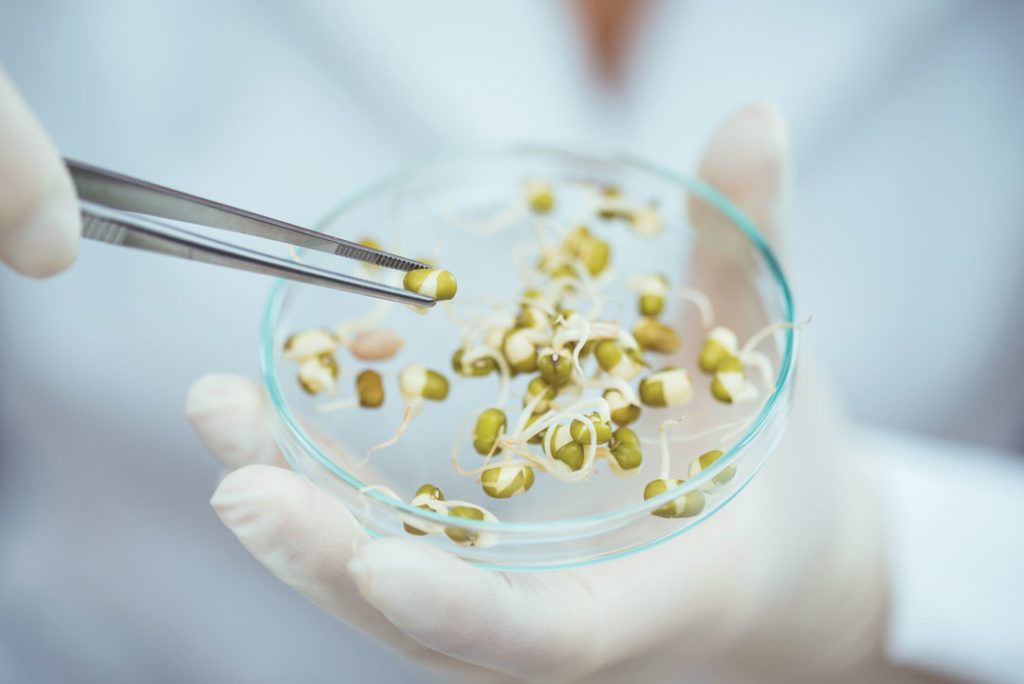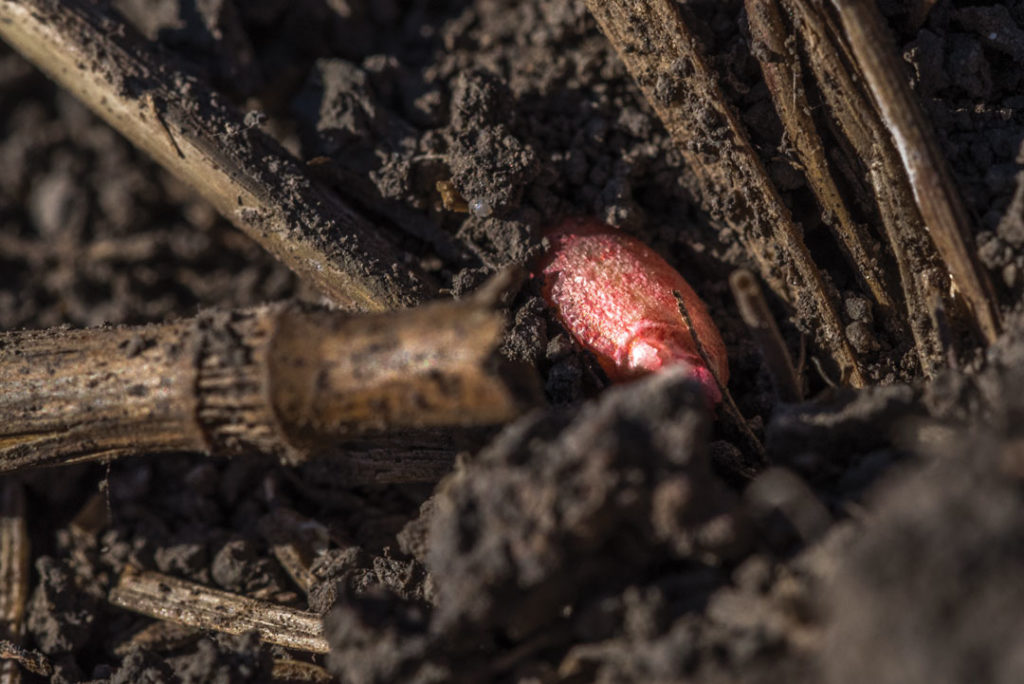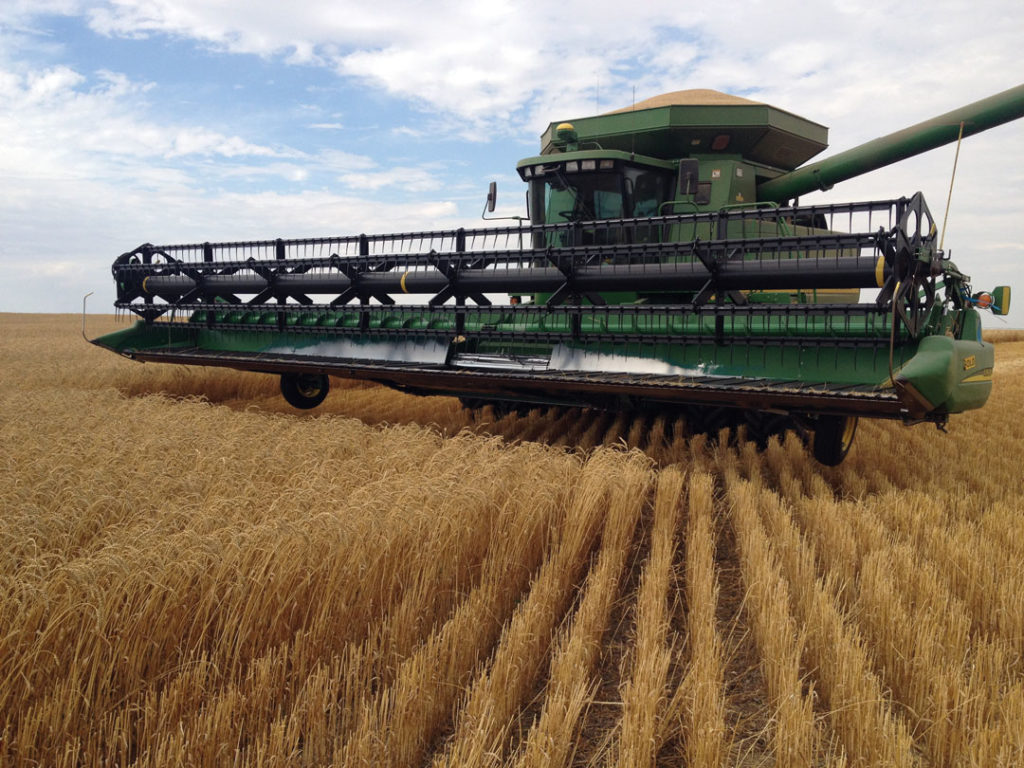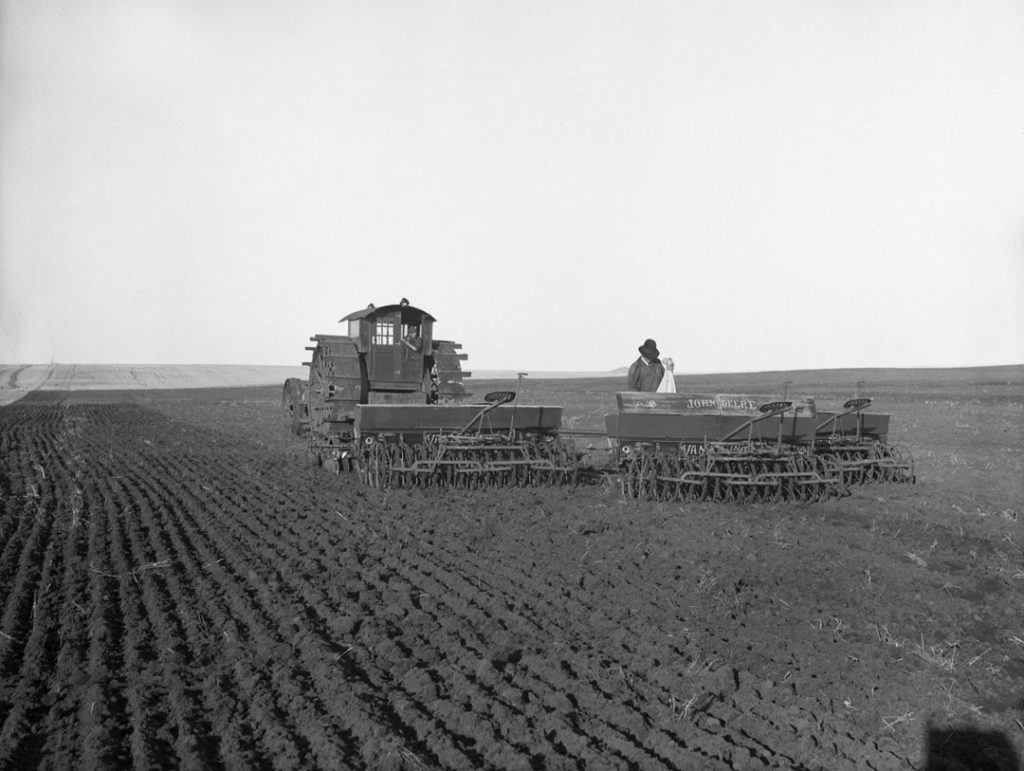GROWTH INDUSTRY
As agriculture has become more digital and data-driven, the expectations farmers have for seed performance have also increased. While certain seed testing processes such as germination testing haven’t changed in decades, new technologies such as digital imaging and molecular testing are speeding the process and providing better information about seed lots. These tests are typically requested by seed companies, but the end user benefits by knowing the seed has been more rigorously tested than ever.













